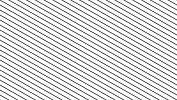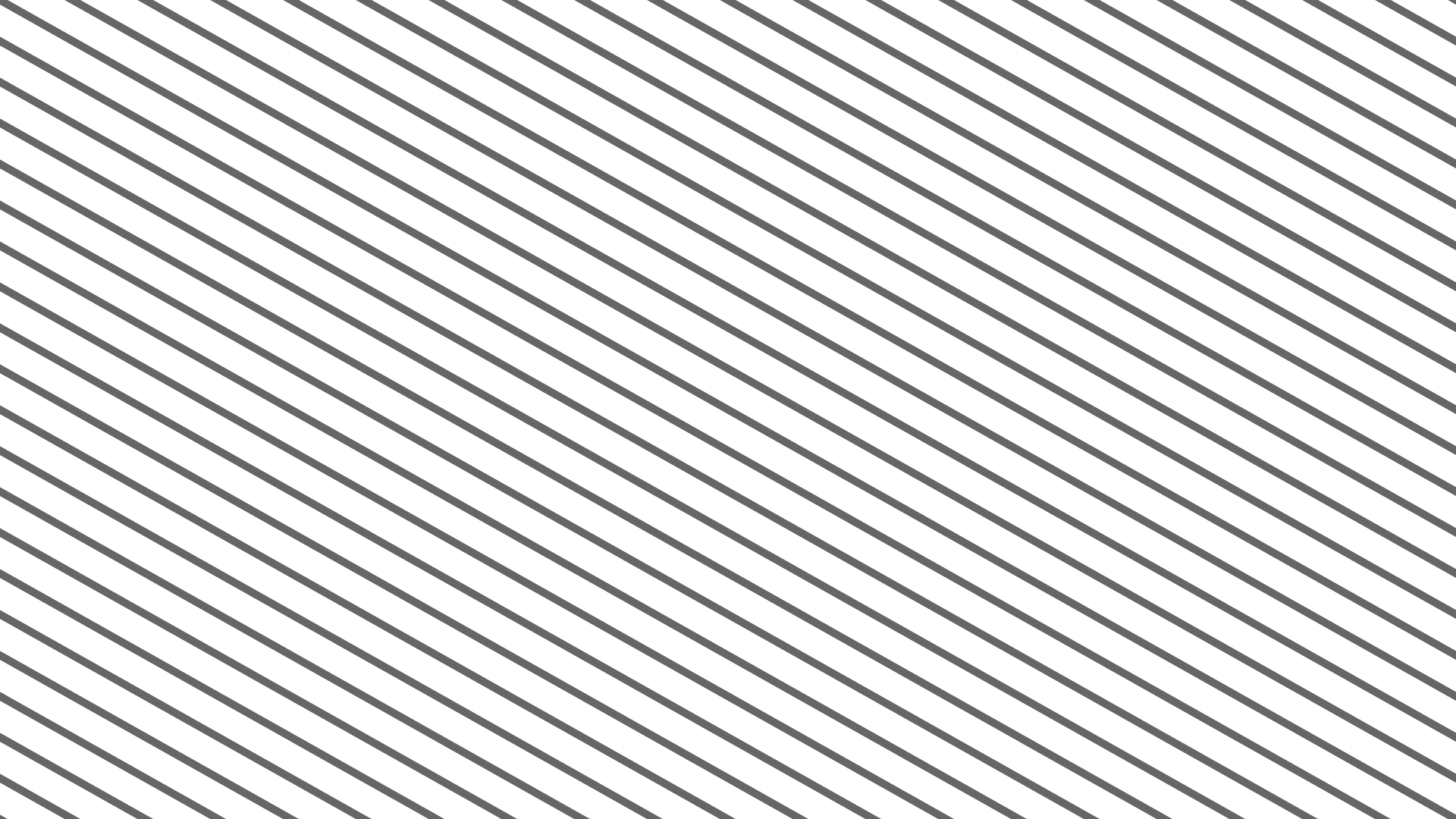multilines_total_H02 
Function call: fn_multilines_total_H02 (uv, color, bgVariable, lines, linewidth, soft, angle, roll)
Example with values: fn_multilines_total_H02 (uv0, float4(0.4.xxx, 1.0), 1.0.xxxx, 20.0, 0.005, 9E-4, 1.0, 0.0);
(Result see image)
or Macro call: MULTILINES_TOTAL_H02 (uv, color, bgVariable, lines, linewidth, soft, angle, roll)
(Macro code can be found at the bottom of this page)
Purpose:
Generating a selectable number of lines of equal distance across the entire frame.
Optimized for horizontal lines; recommended application range 0 to 45°.
The angle can be changed by shifting the right end of the line without changing the position of the left end of the line.
The softness of the line edges can be adjusted.
The background texture is added with the bgVariable.
This can be a color, or a texture from a sampler.
More functions and details see the parameter descriptions.
Requirements
Code (Example as a function):
float4 fn_multilines_total_H02 (float2 uv, float4 color, float4 bgVariable, float lines,
float linewidth, float soft, float angle, float roll)
{
float mix = saturate (
(abs( (uv.y - (roll + uv.x * angle))
- (round( (uv.y - (roll + uv.x * angle )) * lines) / lines )
) - linewidth
) / soft
);
return lerp (color, bgVariable, mix);
}
Option: Automatic use of minimum edge smoothness for pixel interpolation purposes:
You can replace ` ) / soft with ) / (soft + (1.0 / _OutputHeight)).
(1.0 / _OutputHeight)` is the hight of a texel within the output texture.
This creates the necessary edge softness of the lines to minimize pixel jumps and aliasing.
(Remember to declare these global variables high up in the code, outside the function.)
The use of _OutputHeight is controversial because in interlaced projects this variable has a different value
during playback than when playback is stopped.
In this code, this means that while the playbacks in interlaced projects, the edge softness of the lines is doubled.
This may be desirable in the case of very narrow lines, because otherwise the position-dependent variations line width
will be visible by one pixel. In the case of moving line positions using keyframing, this also minimizes the flickering
of the lines in interlaced projects.
Parameter Description
uv:
Enter the name of the used texture coordinate variable.
Type:float2
Recommendation: float2 uv0 : TEXCOORD0 (which may not be used for sampler parameters!)
color:
Color of the line
Type: float4 (RGBA)- The macro code also works with other float types (eg float3 RGB).
In any case, it must be the same type asbgVariable
- The macro code also works with other float types (eg float3 RGB).
bgVariable:
The background texture
Type: float4 (RGBA)- The macro code also works with other float types (eg float3 RGB).
In any case, it must be the same type ascolor
- The macro code also works with other float types (eg float3 RGB).
lines:- Number of lines on the left edge of the frame.
Depending on the angle settings, additional lines may be visible beginning at the bottom or top of the frame.
This parameter only takes into account lines touching the left edge of the frame.
- Type: scalarfloat
- Impermissible value: 0 (would be a division by zero within the code)
- Number of lines on the left edge of the frame.
linewidth:
- Line width
- Type:scalarfloat
- Usable value range 0.0 to 0.5
- If the angle of the lines is not horizontal, then the lines move closer together, because additional lines on the top or bottom edge of the frame fill the vacant areas. When changing angles, the ratio of the line width to the width of the background in between remains approximately constant. As a result, if the angle parameter is other than 0°, the line width becomes narrower than the set value.
- A set edge softness increases the line width.
- Examples (horizontal lines without edge softness):
0.000: Line width 0 pixels
0.005: Line width 1% of the frame hight
0.500: Line width over the entire frame height
soft: - Edge softness of the lines.
- Type:scalarfloat
- Usable value range >0.0 to ~0.5
- Impermissible values: 0 (would be a division by zero within the code)
- Examples (horizontal lines):
1E-6 : No softness
0.005: Softness 1% of the frame hight
- Softness increases the line width. This can far exceed the set line width.
- The maximum softness is achieved when, with the line width parameter set to zero,
the width is set only with the softness parameter.
- Recommended minimum settings to minimize pixel jumps and aliasing:
| 720p | 1080p | UHD |
|---|---|---|
| 14E-4 | 9E-4 | 5E-4 |
…
softDifferent requirements for this parameter when using the alternative code) / (soft + (1.0 / _OutputWidth)):
- Usable value range 0.0 to 0.5
- Impermissible values: Negative values (risk of divide by zero within the code)
- A value of 0.0 automatically applies a minimum edge softness of 1 texel (interlaced projects 2 texel).
This applies to the 0 ° angle setting. At angles of 45 ° or more, additional edge softness may be required.
angle: - The angle can be changed by vertically shifting the right end of the line
without changing the position of the left end of the line.
- Type: scalarfloat
- Examples:
angle = 0.0: Horizontal line (for other settings, the angle depends on the project aspect ratio)
angle = +1.0: Diagonal line from the upper left corner to the lower right corner.
angle = -1.0: Diagonal line from the lower left corner to the upper right corner.
- The angle is not proportional to the set value.
- There are no 90 ° adjustable
- For values well above 45 ° another code is recommended: multilines_total_V02
- This angle parameter also affects the line width.
roll:
- This rolls the lines in the 90 ° direction to the line.
- If an angle of 0° is set: Rising values ofrollroll all lines down, sinking values up.
- Type: scalarfloat**
- Usable value ranges:- To position the first line within the texture (which is the only one independent of the number of lines): from 0 to 1
- Rolling of the lines (keyframing): ~ -1000 to + 1000
(if this range is exceeded, the mathematical unrealities can be seen.)
#### Return value:
- The value of the parameter
color(the line)
or the value of the parameterbgVariable
or a mix of both (edge softness) - Type: same as
colorandbgVariable - Value range: 0.0 to 1.0
Macro code:
#define MULTILINES_TOTAL_H02(uv,color,bgVariable,lines,linewidth,soft,angle,roll) \
lerp (color, bgVariable, saturate ( \
(abs( ((uv).y - ((roll) + (uv).x * (angle))) \
- (round( ((uv).y - ((roll) + (uv).x * (angle) )) * (lines)) / (lines) ) \
) - (linewidth) \
) / (soft) \
))
Screenshot
